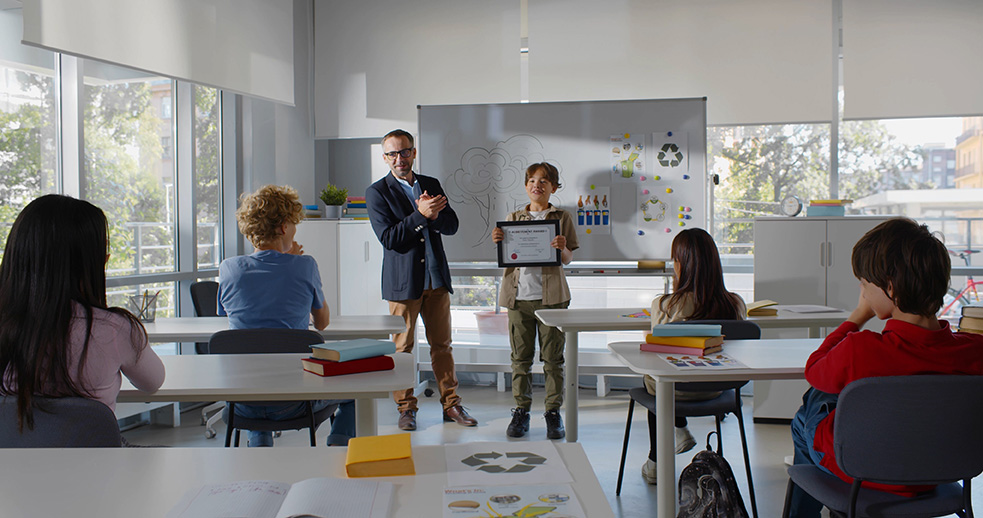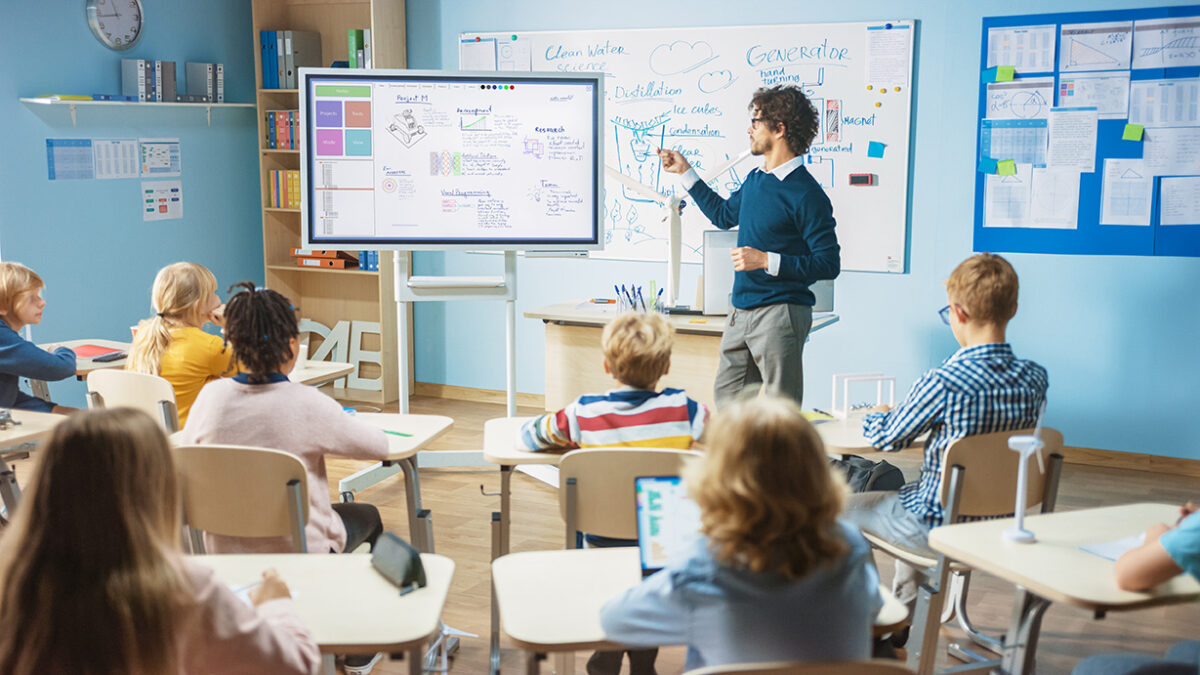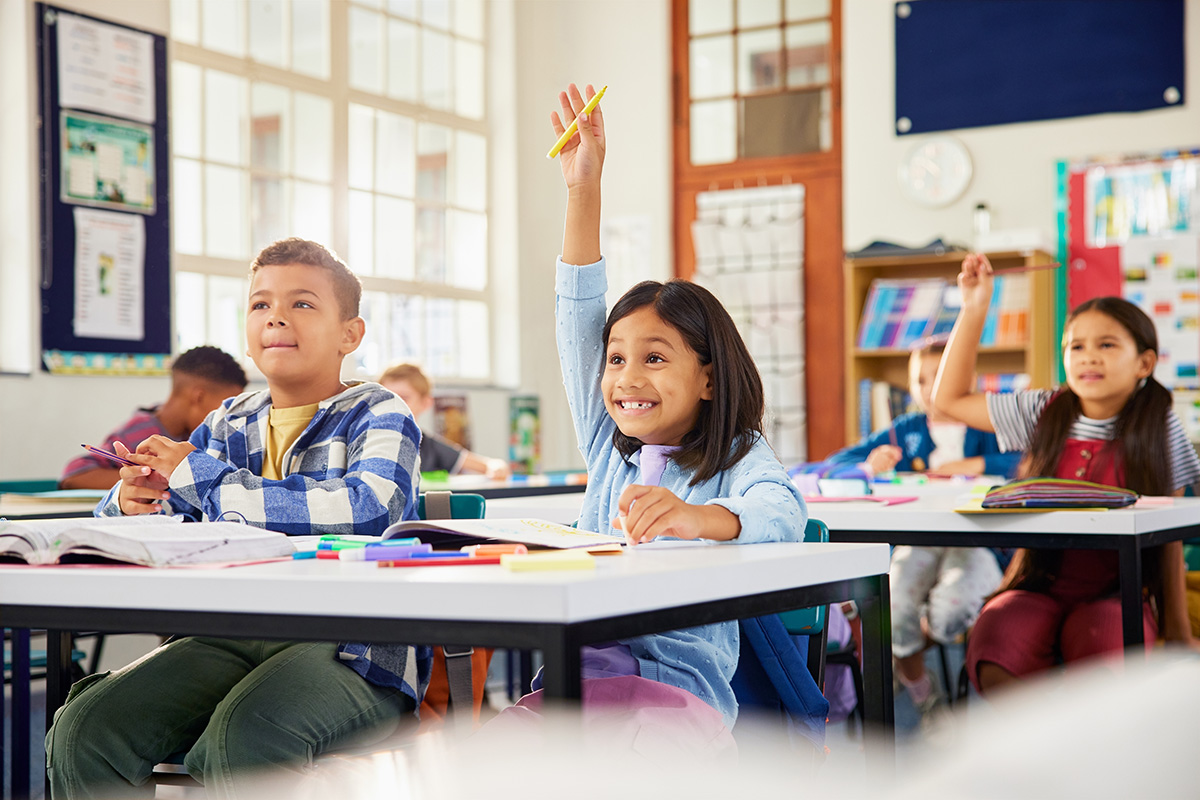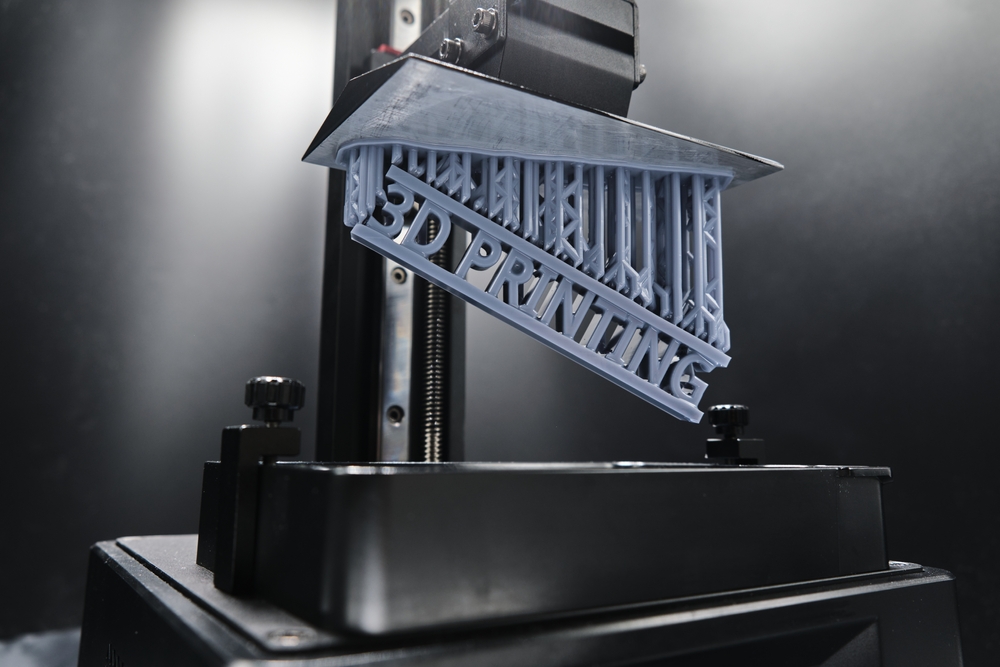Small Gestures, Lasting Impact: Why Personalized Plaques Matter in School Communities
Whether it’s for academic excellence, perfect attendance, or being a kind classmate, recognition matters—and few things say “we see you” like a personalized plaque hanging proudly on a school wall.
In every school, there are moments worth celebrating—milestones that deserve more than a passing applause. A name etched into a custom award plaque becomes more than a token of praise; it becomes a permanent reminder that effort, kindness, and achievement are seen, valued, and remembered. And in an age where encouragement can feel fleeting, these tangible recognitions play a powerful role in shaping a school’s culture and spirit.
The Psychology Behind Recognition in Schools
At its core, recognition satisfies a universal human need: to feel seen. In the fast-paced world of education, pausing to honor a student’s or teacher’s contributions sends a powerful message—your presence and actions matter.
Award plaques and school plaques offer visible affirmation. They motivate students to strive harder, help teachers feel appreciated, and foster a culture where values like perseverance, compassion, and leadership are not only taught but celebrated. When recognition becomes a regular part of the school environment, it reinforces the behaviors and attitudes schools want to cultivate.
Creative and Meaningful Moments to Celebrate
Plaques aren’t reserved solely for honor roll or graduation and their true magic shines when they’re used to spotlight the everyday heroes of your school community. Occasions to consider include:
- Student of the Month: Recognize those who demonstrate character, citizenship, or effort.
- Perfect Attendance: Celebrating consistency
- Academic Improvement: Celebrate growth.
- Graduation Milestones: Marking transitions students can cherish.
- Teacher Appreciation: Honor Educators who go above and beyond.
- Team & Club Awards: Highlighting contributions of every kind.
- Kindness & Leadership: Acknowledge the helpers, the encouragers, and those who quietly lead by example.
Each custom award plaque becomes a moment when a school says, “We noticed you …. and we’re proud.”
Personalization Is What Makes It Matter
What transforms a simple school plaque into a meaningful symbol is the personal touch. Adding a student’s name, the date, and a specific achievement brings the recognition to life. Custom made plaques featuring an inspiring quote or school value can deepen the emotional connection and turn a classroom object into a lifelong memento. Personalized plaques aren’t about formality; they’re about authenticity. They tell the recipient, “This was made just for you.”
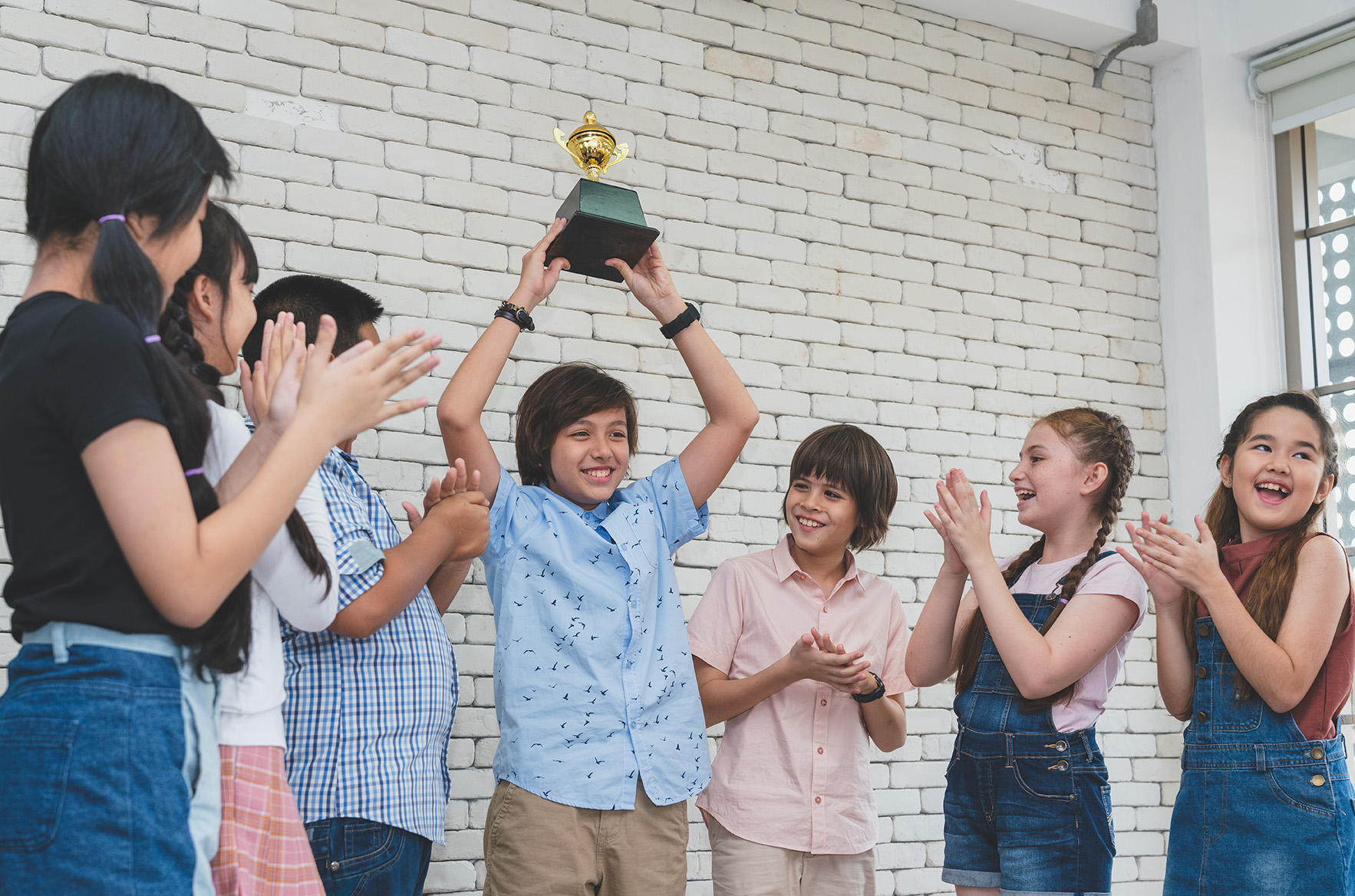
How to Make Your Own Plaques at School
Creating award plaques doesn’t have to break the budget or require professional engraving equipment. Schools have more tools than ever to make their own plaque awards with creativity and care:
- Digital Templates: Use design software or free online platforms to create custom layouts.
- Printable Certificates: Print on high-quality paper and mount on wood, corkboard, or foam core for a polished effect.
- Student-Created Designs: Turn recognition into a collaborative art project where students decorate or design each plaque.
- Repurpose Materials: Laminate designs, use recycled frames, or incorporate school-themed embellishments for charm and sustainability.
- LaserLab from AGC: a simple, easy to use solution that allows schools to create awards for a fraction of what custom solutions might cost from local companies.
Whether you’re a large district or a small rural school, there’s a path to make your own plaque that’s both affordable and meaningful.
Recognition That Echoes Beyond the Moment
In the whirlwind of school schedules, deadlines, and testing, it’s easy to overlook the quiet moments of impact. But when a child walks past a wall and sees their name on a custom made plaque—or when a teacher receives a surprise award plaque from their students—it plants a seed. A reminder that they are valued. That their actions mattered.
So the next time your school celebrates achievement, kindness, or effort, consider the lasting power of a small gesture made visible. Because in every school, someone is making a difference—and they deserve to be seen.




